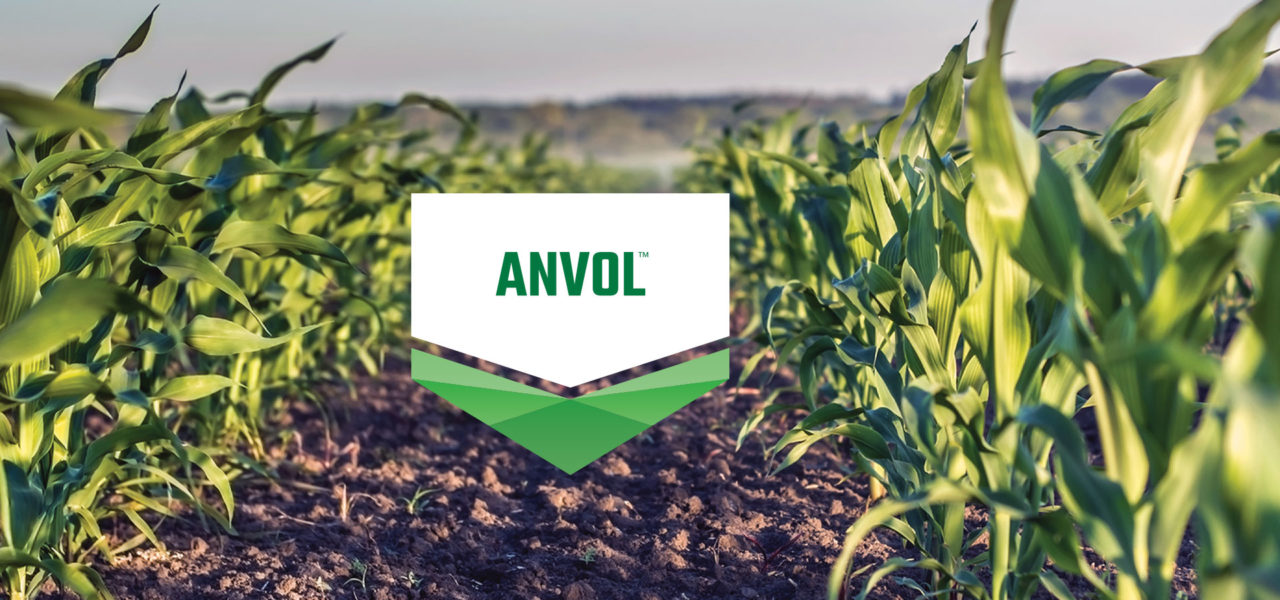The Continuing Importance of Crop Nutrition
In terms of crop inputs, crop nutrition tends to dominate. For several years now, fertilizer revenues among ag retailers have easily outpaced the income from all other crop inputs/services sales. In fact, in most years since the 2010s began, the fertilizer category has represented almost half of all annual input/service sales among CropLife 100 ag retailers.
And this should come as no surprise to long-time followers of agriculture. As CropLife® magazine made the point during our first The Ag Retailer’s Guide to Crop Nutrition back in 2016, crop nutrients provide the “blood that powers the heart of all agricultural decisions each year, the seed in the ground.” Still, some things have changed for the fertilizer sector since that first special report was published eight years ago.
For one thing, the fertilizer category has had a bit of a tougher time, market-wise, in recent years. Indeed, according to data from the 2023 CropLife 100 survey of the nation’s top ag retailers, fertilizer sales for last year were down $1 billion from 2022, falling from $23.4 billion to $22.4 billion. Market share for the segment among all crop inputs/services also fell — down 3% to 48%.
However, according to industry insiders, this revenue drop for crop nutrients in 2023 had more to do with pricing than usage. During the post-COVID years of 2021 and 2022, fertilizer prices skyrocketed. This inflated the revenue numbers for category sales in those years. In 2023, however, many of these prices dropped back to more historic norms. So, while usage remained steady, revenues dropped accordingly.
But that doesn’t mean fertilizer is any less popular with ag retailers and their grower-customers going into the 2024 growing season. In fact, according to data collected in the 2024 CropLife Buying Intentions Survey, all six segments that make up the crop nutrient sector — dry fertilizer, liquid fertilizer, micronutrients, additives/enhancers, specialty fertilizers, and nitrogen/phosphorus stabilizers — are expected to see increased spending levels, with better than half of respondents anticipating spending 1% to more than 11% more on these items than they did for the 2023 growing season.
Furthermore, crop nutrient suppliers are gearing up for strong demand for their products during the 2024 growing season. What might be different, said Rob Clayton, Senior Vice President, Retail North America for Nutrien Ag Solutions, is how grower-customers will engage in this sector compared with some recent years.
“The one concern I’m hearing about is farmer economics,” said Clayton at the 2024 Commodity Classic in early March. “Commodity prices have gone down, and so have inputs, but not to the same levels as commodity prices have gone down. This will put growers under pressure in 2024 and that’s a big problem the industry will have to solve.”
To this end, Nutrien is planning to introduce a new payment option this June called NPay. Clayton said this will allow growers some flexibility when it comes to paying for crop nutrients.
“How do we make sure growers have access to inputs agronomically when they need them vs. when they can afford them?” he said. “NPay will allow growers to change their payment date to ones that suit their cash flow.”
So, while some of the market dynamics might have changed from our first Crop Nutrition report back in 2016, the underlying drivers remain intact. Crop nutrition continues to be the blood that powers the farming world!






